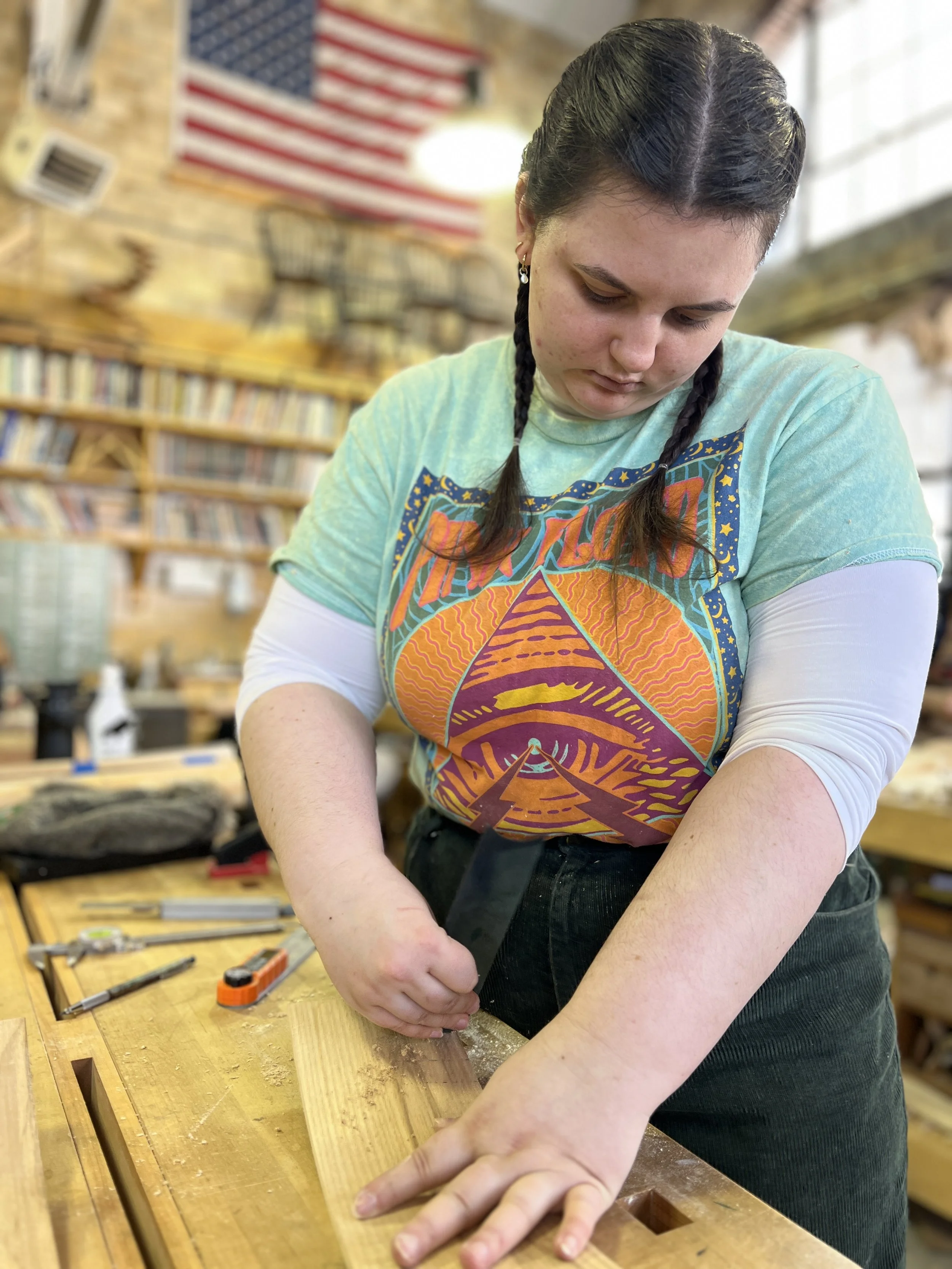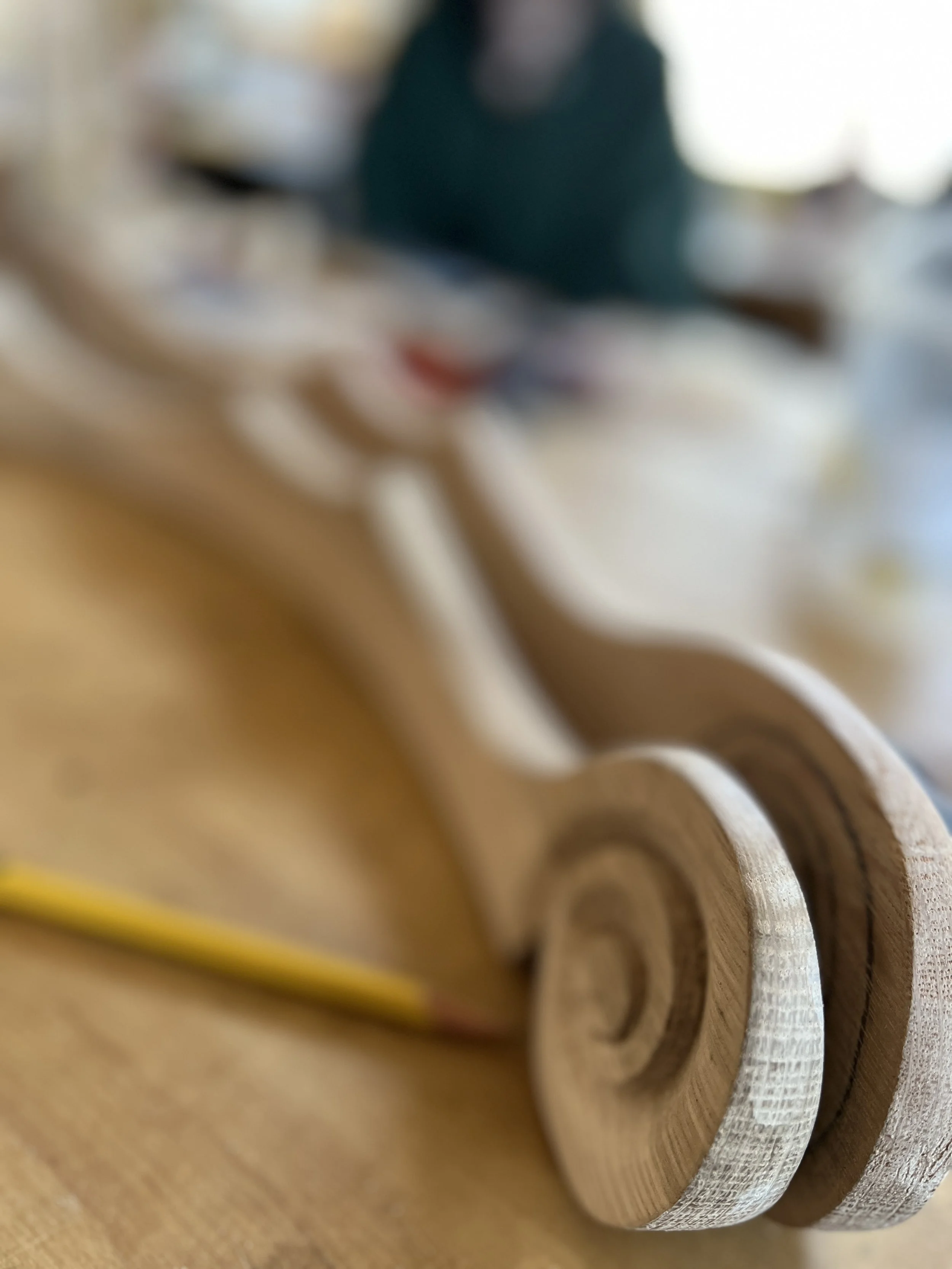Learning by Doing vs. Learning by Watching or Reading
“Perfect practice makes perfect” - Vince Lombardi
I was listening to a podcast and heard one of my favorite quotes of all time. The quote came from a child. The child’s father was a world-class athlete named Eddie. Eddie asked his child, “What is your favorite sport?” The child's reply was “practice is my favorite sport”…….. Queue the goosebumps.
As wood artists and furniture makers, we always look within ourselves for perfection. The perfect design, perfect joinery, the perfect finish, etc. I suggest that we force ourselves to the self-realization that perfection is never going to happen. Everything we do is practice. Furniture design and carpentry practice, and we are all engaging in the practice of making.
There is no better way to learn than through hands-on practice. and getting your hands “dirty”. This allows us to experience the process through all the senses, and helps to develop a feel for how to tools interact with the material. Doing this under the guidance of a mentor, teacher, or instructor has compounding effects on the learning process through a real-time feedback loop. Use athletics for a comparison: athletes at any level are not mastering their chosen sport by watching how-to videos. They are practicing day in and day out under the watchful eye of a coach who can provide real-time feedback. Continuous improvement in the craft requires a shift from chasing perfection to being present in the practice of furniture making.
Educators and scientists increasingly recognize that hands-on, in-person learning – “learning by doing” – can be more effective than learning from books or screens alone. Unlike passive learning (simply listening to a lecture, reading a book, or watching a video), active participation engages the learner on multiple levels.
Hands-On Learning and the Brain: A Neurological Advantage
When we learn by doing, our brains function differently than when reading or listening. A wealth of research shows that “active learning” – where learners physically engage in tasks or problem-solving – results in better understanding and retention. From a neurological perspective, hands-on experiences engage the brain more and form richer neural connections than observing or reading about the same activities.
Engaging Multiple Brain Regions: Hands-on learning stimulates both the left and right hemispheres of the brain. Logical and language processing (often left-hemisphere tasks) combine with visual-spatial and motor processing (right-hemisphere tasks) during practical activities. By engaging multiple regions, the brain forms stronger connections and stores information more robustly. In other words, manipulating real objects or tools can activate more circuits in the brain.
Deeper Conceptual Processing: Research at the University of Chicago found that students who physically interacted with scientific concepts (for example, by actually handling equipment to learn about forces) understood the material more deeply and scored higher on tests than those who only observed. Brain scans revealed why: students who learned hands-on later showed increased activity in sensory and motor areas of the brain when thinking about those concepts. (news.uchicago.edu) Physically doing something embeds knowledge not just in abstract memory, but in the brain’s sensory and motor memory as well, making recall and understanding stronger.
Intrinsic Motivation and Reward: Neuroscience also suggests that active, hands-on learning taps into the brain’s reward and motivation circuits. A 2024 review in Neuroscience & Biobehavioral Reviews noted that while traditional lectures rely heavily on working memory, active learning engages reinforcement learning pathways related to curiosity and agency. This triggers intrinsic rewards (the brain’s dopamine “reward” system), enhancing motivation and improving long-term retention. (pubmed.ncbi.nlm.nih.gov) In practical terms, when learners actively solve a problem or create something, they often feel a sense of accomplishment – that positive emotion reinforces the learning at a neural level. By contrast, in a passive lecture, working memory can easily overload, but hands-on activity provides an alternative route to anchor the knowledge.
From the brain’s perspective, learning by doing isn’t just a different way to learn – it’s a more engaging, multi-sensory, and rewarding experience, which builds stronger memories.
Drawing: Analog vs. Digital
Another window into the power of hands-on learning comes from examining writing or drawing by hand versus using computers. When we write or draw manually, we engage fine motor skills, spatial reasoning, and tactile feedback, and growing evidence shows this leads to superior learning and memory in many cases. In short, the analog methods (pen, paper, drawing tools) can have unique cognitive benefits that pure digital input lacks.
Writing by Hand vs. Typing: Research has found that writing out notes or information by hand can lead to better comprehension and recall than typing on a laptop. For example, in adults listening to lectures, those who took notes longhand demonstrated better conceptual understanding of the material than those who typed their notes. (npr.org)
The act of writing by hand is slower and forces you to process the information and rephrase it in your own words, which aids understanding. Neurologically, handwriting is a complex task – it requires finely tuned coordination between the brain’s motor regions (to control your hand movements) and visual regions (to track what you’re writing), as well as memory for letter shapes and spelling. This heavier cognitive “workload” is actually beneficial: brain imaging suggests that because handwriting recruits more diverse brain systems, it “deeply engages the brain in ways that support learning,” as one neuroscientist explains. (npr.org)
Paper and Pen vs. Digital Tools: Even when using a stylus or tablet, the medium can influence learning. A study at the University of Tokyo in 2021 showed that writing on physical paper activated more brain regions associated with memory than writing the same information on a tablet or smartphone. (sciencedaily.com) An hour after note-taking, people who had written on paper showed stronger brain activity during recall and remembered more than those who used digital devices. The researchers attribute this to the unique “offline” qualities of paper: the tactile feel of pen on paper, the spatial layout of notes (physical cues like the location on a page, shapes of handwritten text, or even folded page corners) provide rich contextual details that our brains use as memory hooks. Digital notes tend to be uniform and ephemeral (scrolling screens that all feel the same), offering fewer distinctive sensory cues. In other words, analog writing or drawing produces one-of-a-kind physical records that make the content more memorable. (sciencedaily.com)
This explains why many people find they remember information better if they jot it in a notebook versus typing into a phone app.
Drawing by Hand to Learn Concepts: Beyond writing words, drawing diagrams or sketches can also enhance learning, sometimes even more than text. Cognitive research has long shown that drawing something helps you remember it, because it forces you to process the idea visually, spatially, and kinesthetically all at once. (edutopia.org)
In one set of experiments, college students who drew out scientific concepts (like sketching the structure of an atom or a cell) retained nearly twice as much information as students who only wrote down notes about the concepts. The benefit held true regardless of artistic talent – it’s the act of thinking through the pencil that matters, not the quality of the artwork. (edutopia.org) While these studies usually have students drawing on paper, the principle is that creating a visual representation by hand leads to deeper processing. Many architects and designers echo this idea in their practice: hand-drawing can yield insights that are harder to arrive at with software alone. Renowned architect James Wines argues that when designers focus exclusively on computer-generated drawings, “something conceptually profound is forfeited in the design process”. (architizer.com)By contrast, sketching with our hands introduces a tactile, intuitive element – what Wines calls the “guiding fingertips” and happy accidents – that can spur creativity and understanding. In essence, the imperfections and physical feedback of hand-drawing encourage a richer thought process
Watch this video. It is 21 minutes long. How do you learn something both physically and conceptually? How many hours does it take to become a master?
From Brain Science to Woodworking: Why Hands-On Craft Training Excels
It’s clear that learning by doing has compelling advantages for the brain. Nowhere is this more true than in the trades and crafts. Consider furniture making school: mastery isn’t about memorizing facts from a book; it’s about developing skills through practice – sawing, planing, jointing, finishing – which are hands-on activities. The research insights we’ve discussed strongly support the idea that the best way to learn a craft like woodworking is through in-person, tactile experience.
In furniture making, tools like hand planes become extensions of the craftsman’s hands. Hands-on training in a wood shop engages touch, sight, sound, and even smell – a fully sensory learning experience that books or videos alone cannot provide.
At a neurological level, every hour spent physically working with wood is an hour spent strengthening neural pathways for those skills. Repeated motions – cutting dovetails with a saw or smoothing wood with a hand plane – build muscle memory, which is the brain’s way of ingraining a skill until it can be performed fluidly. This aligns with the principle of neuroplasticity: the brain changes and adapts with practice, dedicating neurons to frequently used actions. (onlinedegrees.sandiego.edu)
A student can read about how to hold a chisel, but only through hands-on repetition will their brain fine-tune the motor control needed to carve cleanly. Importantly, the rich sensory feedback of the wood shop – the resistance of wood grain under a blade, the sound of a saw, the sight of a joint fitting together – provides continuous real-world context that the brain uses to solidify knowledge.
Where We Stand: The Sam Beauford Woodworking Institute is a prime example of an educational program built around these principles. SBWI’s philosophy is that “education is immersive, hands-on, and deeply personal”. Furniture making classes are held in person, with small groups of students actively working on projects under the guidance of experienced craftspeople. This in-person mentorship and practice-driven curriculum leverages exactly what neuroscience tells us: that we learn best by doing the real thing. By the end of SBWI’s 40-week furniture-making program, for instance, graduates have hundreds of hours of practical experience, providing them not just with woodworking knowledge but with muscle memory and intuition that simply cannot be gained from reading alone. “We believe in working with our hands, thinking with our hearts, and building things that last,” a motto that resonates with the neurological truth that working with our hands fundamentally changes our brains. Graduates leave with tangible projects they’ve built and the confidence that comes from having done it themselves, not just seen it on a screen.
In summary, hands-on learning, with expert guidance, is traditional wisdom and sound science. The brain was built to learn through doing. By embracing hands-on, in-person learning, we tap into our neural wiring for curiosity and creativity, allowing students to truly grasp concepts in both mind and hand – and to carry those skills confidently into their futures.
Experience Hand Tool Woodworking
References
Freeman, S. et al. (2014). Active learning increases student performance in science, engineering, and mathematics. Proceedings of the National Academy of Sciences, 111(23), 8410-8415
eleapsoftware.comDubinsky, J. M., & Hamid, A. A. (2024). The neuroscience of active learning and direct instruction. Neuroscience & Biobehavioral Reviews, 163, 105737
pubmed.ncbi.nlm.nih.govKontra, C. et al. (2015). Physical experience enhances science learning. Psychological Science, 26(6), 737-749
news.uchicago.edu
news.uchicago.eduSakai, K. et al. (2021). Analog note-taking enhances memory: Evidence from brain activity. Frontiers in Behavioral Neuroscience
sciencedaily.com
sciencedaily.comMueller, P. & Oppenheimer, D. (2014). The pen is mightier than the keyboard: Advantages of longhand over laptop note-taking. Psychological Science, 25(6), 1159-1168
npr.orgNPR/Jonathan Lambert. Why writing by hand beats typing for thinking and learning. NPR.org, May 11, 2024
npr.org
npr.orgTerada, Y. (2019). The Science of Drawing and Memory. Edutopia
edutopia.org
edutopia.orgJames Wines (2019). “From Hand to Mouse and Back Again.” In Blueprint Magazine (as quoted by Architizer)
architizer.comSam Beauford Woodworking Institute – About Us. (2023). (Institute website description of hands-on education culture)
sambeaufordwoodshop.com
sambeaufordwoodshop.com




